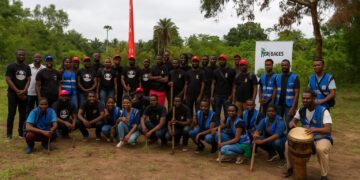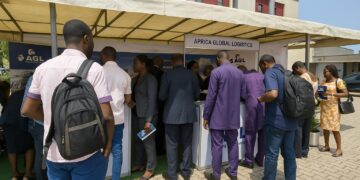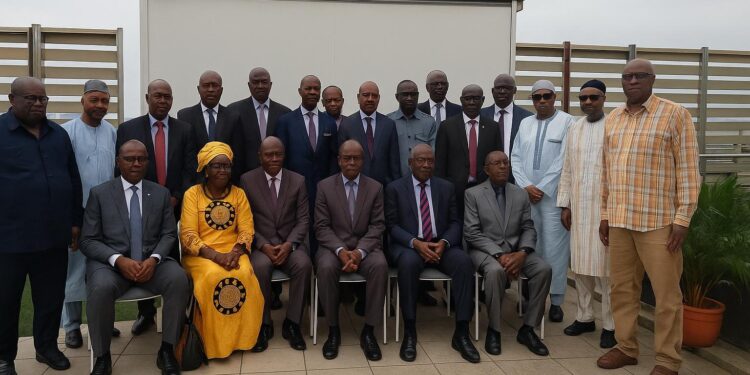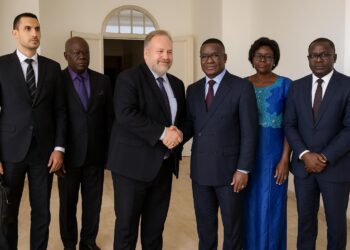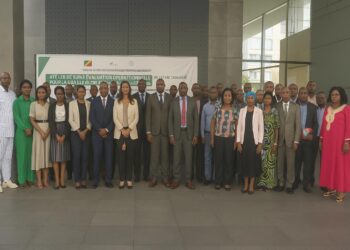Brazzaville council sets the tone
Gathered in Brazzaville for its fifteenth ordinary council, the Central African Livestock, Meat and Fisheries Commission, Cébévirha, opened two days of technical deliberation on 23 October, determined to align its next triennial programme with CEMAC’s push for import substitution.
Delegates from Cameroon, Central African Republic, Gabon, Equatorial Guinea, Chad and Congo reviewed activity reports for 2024-2025 and prepared to endorse the institution’s draft 2026 budget, a financial envelope expected to mirror the scale of Cébévirha’s growing regional mandate.
Import-substitution: a 2021 presidential directive
The import-substitution framework was first mandated by CEMAC heads of state in August 2021, when rising freight costs and pandemic disruptions exposed the region’s reliance on external staples such as fish, rice, wheat, cassava derivatives and refined fuels.
By encouraging domestic production and regional trade, leaders aim to shield foreign reserves, cut logistical vulnerabilities and channel new jobs into rural communities where pastoral and artisanal fisheries already represent a significant share of livelihoods.
Cébévirha, created in 1973, has become the technical arm responsible for translating that high-level ambition into field programmes, veterinary campaigns and market intelligence, thereby positioning livestock and fisheries as strategic pillars within the wider CEMAC integration agenda.
Sizing the 2026 budget
While the draft figures remained undisclosed at press time, officials repeatedly emphasised that the envelope must be “commensurate with ambition”, suggesting incremental increases over the current biennial allocation, which has already been buoyed by partner grants and internally generated resources.
Priority spending lines under discussion include laboratory networks to monitor transboundary animal diseases, cold-chain upgrades at community abattoirs, and seed funding for pilot aquaculture clusters intended to demonstrate commercial viability to banks and insurance providers.
Management also plans to reserve a contingency window for climate resilience, reflecting the fact that erratic rainfall and flooding in parts of the Congo Basin have recently disrupted grazing corridors and inland fisheries, with consequent volatility in regional meat prices.
According to Kaya-Tobi, the Council chair, this disciplined approach ensures “each franc invested by our members or partners delivers measurable impact on both household welfare and macro-economic stability”. The statement drew unanimous approval, signalling cohesion among the six delegations present.
Operational roadmap under construction
Beyond the macro numbers, the meeting focused on two deliverables: an operational plan and a prioritised action matrix, both intended to translate the broad strategy into time-bound milestones that can be monitored by finance ministries and external auditors.
Drafts circulated on the first day place early emphasis on harmonising veterinary certificates, simplifying customs codes for feed ingredients and deploying digital traceability tools so that cross-border consignments can move seamlessly across CEMAC corridors managed by joint patrols.
A second wave of actions, pencilled for 2025-2026, foresees stimulus packages for domestic feed mills and hatcheries, alongside public-private partnerships to rehabilitate artisanal fish landing sites, ultimately lowering post-harvest losses that currently average double the global benchmark.
Potential for investors and SMEs
For international investors, the upcoming budget cycle signals a clearer pipeline of bankable projects, partly de-risked by Cébévirha’s regional guarantee and by the oversight of the Development Bank of Central African States, which has been a recurring co-financier.
Equity funds already present in forestry and logistics have expressed interest in integrated feed operations, seeing synergies with existing rail or river assets that can reduce inland transport charges, historically one of the steepest cost variables in Central African agribusiness.
Local SMEs, meanwhile, expect the harmonised regulatory environment to unlock supplier credit from commercial banks once veterinary standards and market data become more predictable, according to the Congolese federation of livestock producers.
Analysts at the Douala commodities exchange argue that forward contracts for maize and soybean, two key feed components, could emerge as early beneficiaries of the Cébévirha roadmap, offering hedging solutions that reduce price shocks on finished meat products.
Food security and regional integration
Central Africa currently imports an estimated 40 percent of its animal protein, a dependency that places pressure on exchange rates whenever global prices spike; Cébévirha’s chair believes the new plan could halve that ratio within a decade if fully financed.
The proposal dovetails with the African Continental Free Trade Area, under which CEMAC nations seek comparative advantage through specialised value chains rather than blanket self-sufficiency, positioning Congo-Brazzaville’s river ports as logical hubs for regional distribution.
Government representatives reiterated that the strategy is not protectionist; tariff walls remain within WTO ceilings, and the emphasis lies on productivity, sanitary reforms and intraregional logistics, arenas where public funding can crowd in rather than crowd out private capital.
With the 2026 budget set for adoption at the session’s close, stakeholders left day one satisfied that Cébévirha is translating presidential vision into actionable programmes, while preserving fiscal prudence in a challenging global financing context.
Next steps include circulating the final budget to national treasuries by December, enabling line ministries to synchronise their 2026 appropriations and ensuring that key tenders can be launched early, a timetable designed to compress the traditionally long execution cycle.























